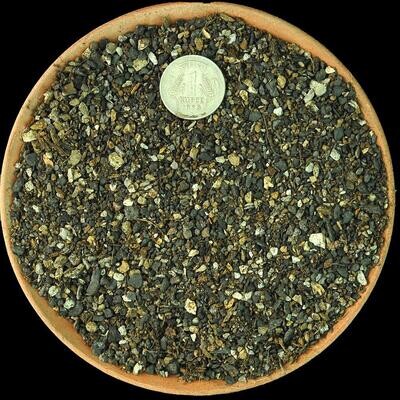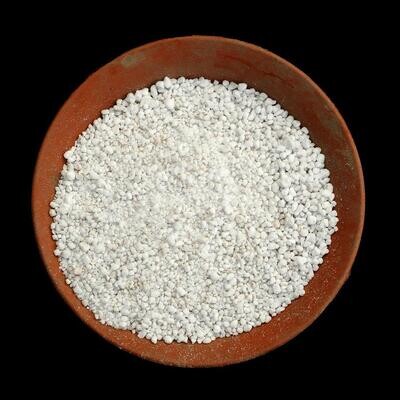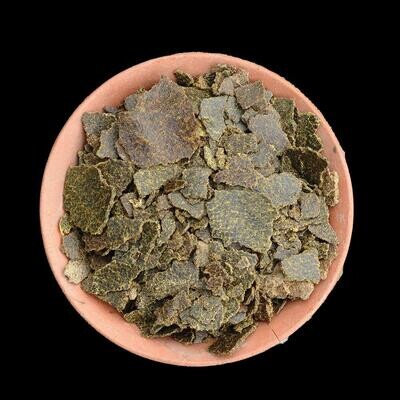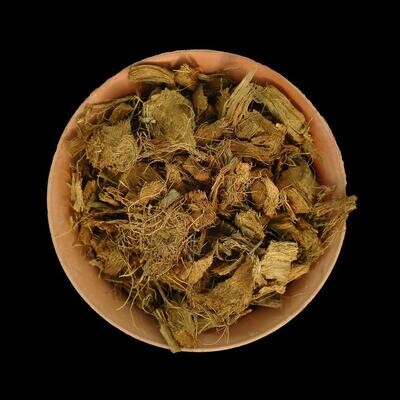Please check the Shipping Updates Page for information on shipping.
Phyllanthus mirabilis
Etymology
The genus name "Phyllanthus" is derived from the Greek words "phyllon," meaning "leaf," and "anthos," meaning "flower," which reflects the botanical characteristics of the genus, where flowers often emerge from the leaf axils. The species name "mirabilis" is Latin for "wonderful" or "remarkable," highlighting the plant's unique and attractive features, particularly its distinctive leaves and flowering habits that differentiate it from other species in the Phyllanthus genus.
Synonyms
Phyllanthus mirabilis has been classified under several synonyms as taxonomic classifications evolve and improve. Some previously used names include "Phyllanthus tithymaloides," though caution is advised as these synonyms may arise from historical nomenclature inconsistencies. Always refer to updated taxonomic references for the most accurate classification.
Origin
Phyllanthus mirabilis is native to tropical regions of West Africa and is commonly found in countries such as Ghana and Nigeria. It typically thrives in lowland rainforests and disturbed habitats, preferring well-drained soils with ample moisture while benefiting from warm, humid conditions.
Description
Phyllanthus mirabilis is a perennial shrub that can grow to heights of 1 to 3 feet (30 to 90 cm). It is characterized by its thick, succulent stems and small, lanceolate leaves that are arranged alternately along the stem. The leaves are glossy green and often exhibit a distinct, slightly serrated edge. This plant is particularly noted for its unique flowering mechanism; the small, inconspicuous flowers appear in clusters from the leaf axils and can range in color from yellow to green, making them an intriguing aspect of its growth cycle. Additionally, it may produce small, round fruit that develops following successful pollination.
Conservation Status
Currently, Phyllanthus mirabilis is not classified as endangered, but it may face localized threats due to habitat destruction from agricultural activities and urbanization. Conservation efforts focusing on habitat protection and sustainable land use practices are important to ensure the plant's continued existence in its native regions.
Care Instructions
Phyllanthus mirabilis can be cultivated successfully with appropriate care. Here are key guidelines for maintaining this unique species:
- Light: Prefers bright, indirect sunlight or partial shade. While it can tolerate some direct sunlight, too much can scorch its leaves, so filtered light is ideal.
- Water: Water regularly to keep the soil consistently moist but not waterlogged. Allow the top layer of soil to dry out slightly between waterings, particularly during the winter months when growth may slow.
- Soil: Use a well-draining potting mix enriched with organic matter, such as peat or compost, to mimic its native soil conditions and ensure proper moisture retention.
- Temperature: Thrives in warm conditions, ideally between 65°F to 85°F (18°C to 29°C). Protect from cold temperatures, especially those below 50°F (10°C).
- Humidity: Prefers higher humidity levels, reflecting its tropical origins. Increasing humidity through regular misting or using a humidity tray can promote optimal growth.
- Fertilization: Apply a balanced, diluted fertilizer every 4 to 6 weeks during the growing season (spring and summer) to support robust growth and flower production.





